6 Common Forklift Hazards & How To Avoid Them
Date Posted:9 October 2023
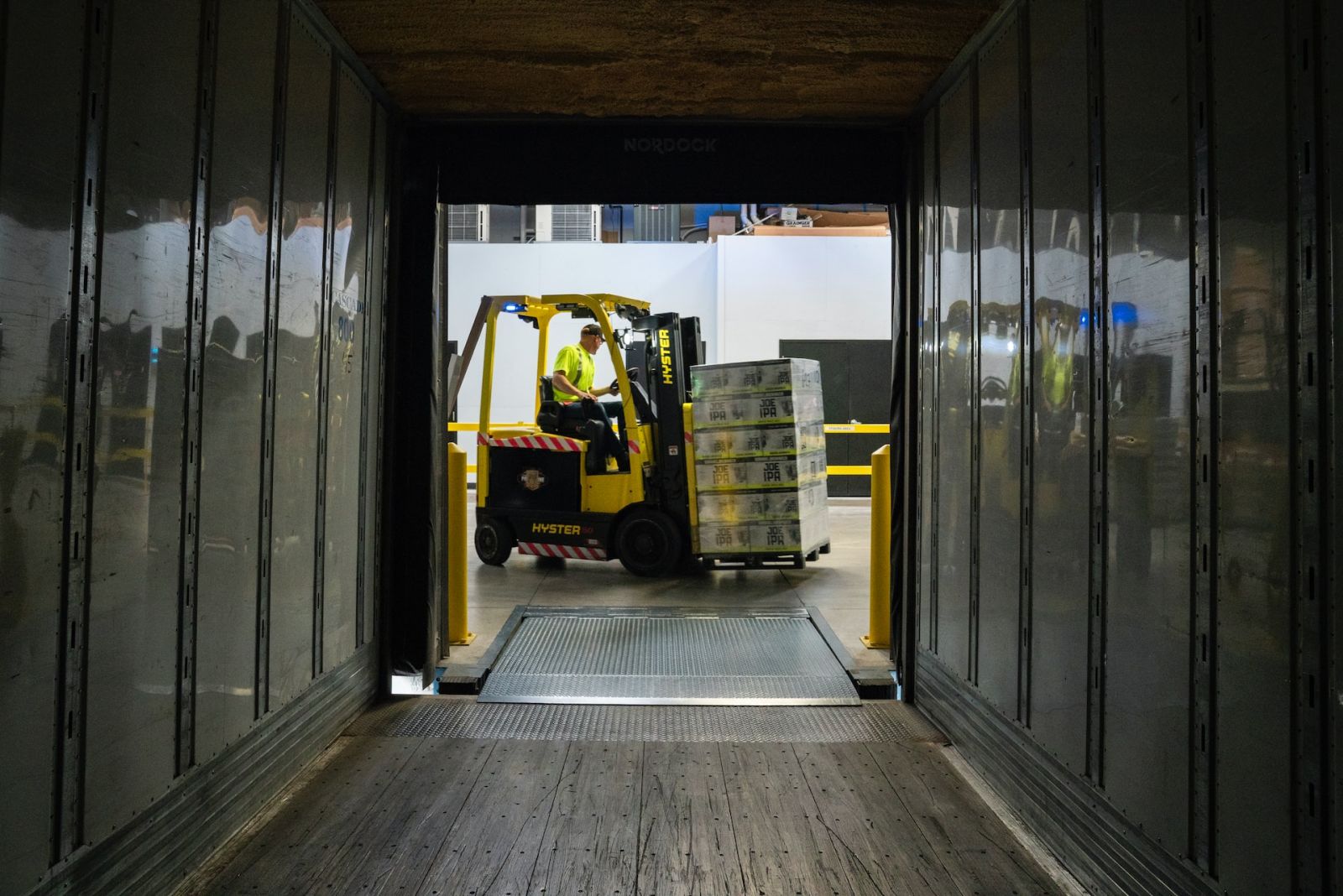
Forklifts are the sturdy workhorses of the industrial world. Indispensable for a multitude of tasks, forklifts are used for lifting heavy loads in warehouses and streamlining construction sites. However, their power and versatility don’t come without risks — which is why mitigating these hazards is crucial to ensure the safety of your operators, pedestrians and workplace.
Whether you’re a seasoned forklift operator or a business owner, learn about the common forklift hazards in the workplace and how to avoid them below.
Forklift operation hazards
-
Improper operation and use
Forklifts are engineered for a specific purpose, such as safely lifting and manoeuvring palletised and heavy goods. Unfortunately, improper operation, such as speeding, racing or sharp cornering increase the risk of accidents, including collisions and unit tip-overs — leading to injuries, fatalities and equipment damage.
How to avoid:
- Ensure all forklift operators hold a valid forklift licence and have received up-to-date training.
- Emphasise that forklifts should be used only for their intended purposes, discouraging any inappropriate or reckless operation.
-
Load Hazards
Every forklift has a manufacturer-rated maximum load limit. Ignoring this and overloading the forklift beyond this limit is a perilous hazard. That’s because an overweight load reduces stability when lifted by the tynes, increasing the likelihood of load falls and forklift tip-overs, endangering operators and potentially damaging both the load and the forklift.
How to avoid:
- Educate operators about the forklift's maximum safe load limit, often found on the rating plate.
- Ensure load weights are known before lifting and confirm that loads are within the unit's load limit.
- Always secure loads properly to prevent unexpected movement.
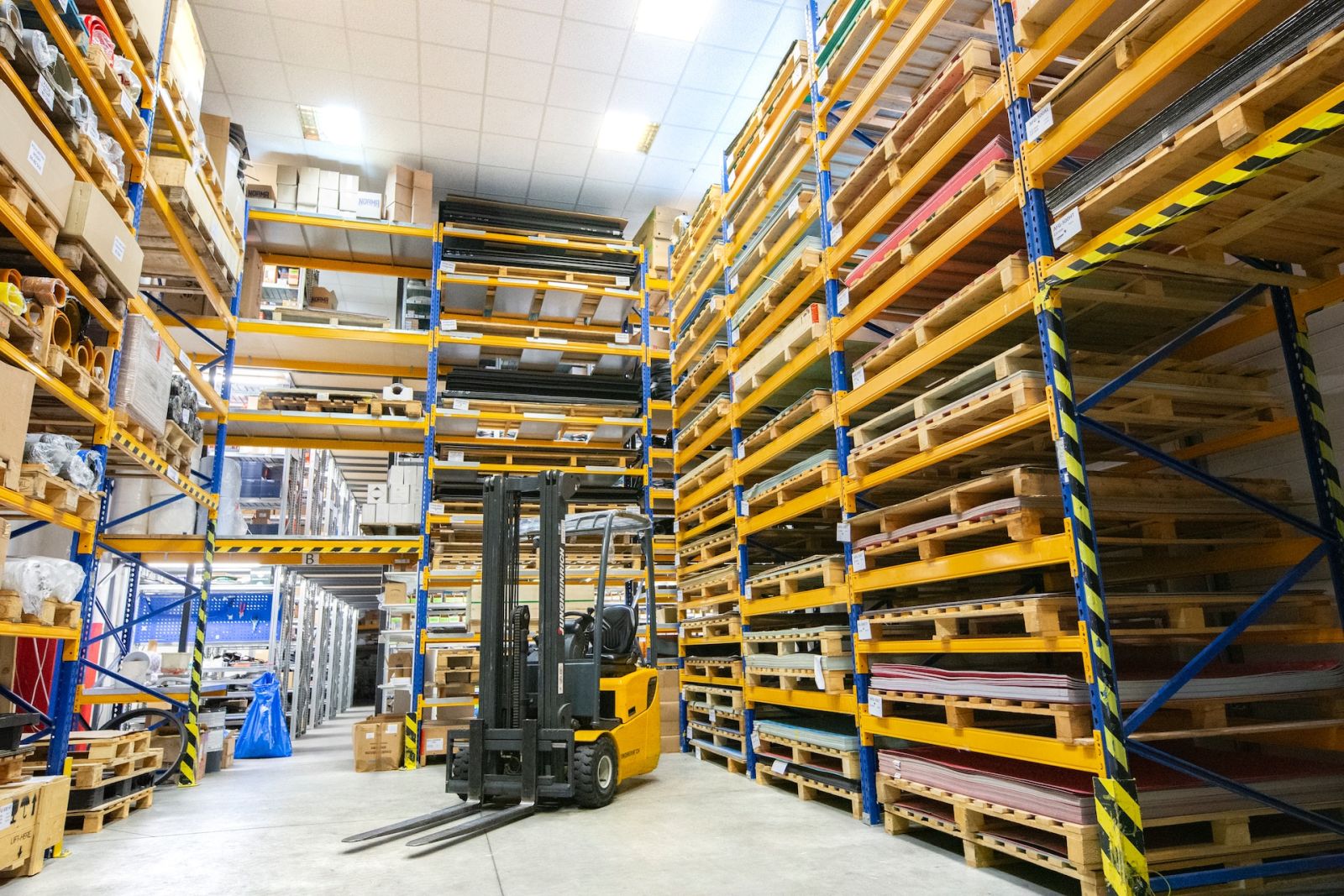
-
Insufficient or incorrect maintenance
Failure to maintain a forklift properly can significantly elevate the risk of accidents. Broken lights, malfunctioning alarms, worn tynes, damaged chains or fluid leaks are issues that can result from inadequate maintenance.
How to avoid:
- Establish scheduled maintenance plans to ensure regular inspections and upkeep of forklifts.
- Tag out any forklift with maintenance issues, prohibiting its use until repairs are complete.
- Prioritise prompt repair of maintenance-related problems to maintain optimal operating conditions.
-
Pedestrians
The presence of non-essential pedestrians in areas where forklifts operate is a substantial hazard. Pedestrians can be severely injured if struck by a forklift. For that reason, effective traffic management and safety measures are essential in areas where forklifts and pedestrians share space.
How to avoid:
- Implement a robust traffic management plan in areas with forklift-pedestrian interaction.
- Install safety measures like guardrails, line markings, spotlights and horns on forklifts to alert pedestrians to their presence.
- Physically separate pedestrian and forklift paths whenever possible to reduce the risk of accidents.
-
Floor conditions
Floor conditions within the forklift working area can present various hazards. Some examples include debris, puddles, unstable ground and obstructions. Wet and slippery floors can cause skidding, while cracks and potholes can lead to tip-overs.
How to avoid:
- Maintain clean work areas by promptly addressing wet and slippery hazards, removing debris and fixing cracks and potholes.
- Implement routine inspections of the working area to identify and mitigate floor-related hazards.
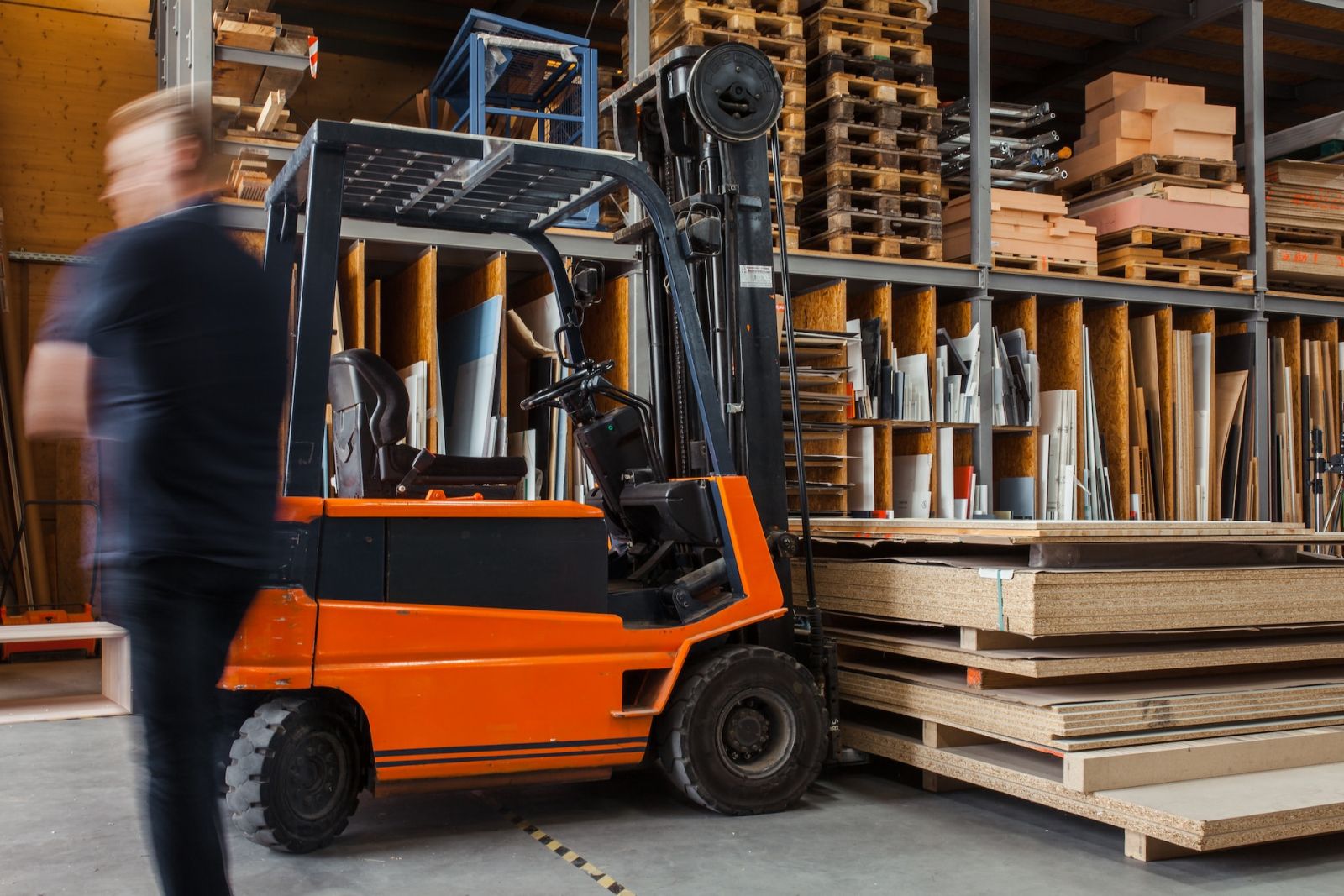
-
Lack of safety gear
When it comes to forklift safety, one critical aspect that cannot be overlooked is the use of proper safety gear. Lack of safety gear exposes operators to increased risks in case of accidents or sudden stops. Seatbelts, helmets, high-visibility vests and steel-toed boots are among the essential safety gear that should be worn during forklift operations.
How to avoid:
- Emphasise the importance of wearing safety gear to all forklift operators.
- Enforce a strict policy that mandates the use of safety gear at all times while operating a forklift.
- Conduct regular checks to ensure safety gear is in good condition and properly fitted.
Make safety a priority with Verdex
The reliability of forklifts must go hand in hand with unwavering safety measures. By understanding and addressing these six common forklift hazards, you're not just protecting your operators, you're also safeguarding the heart of your workplace.
At Verdex, we are dedicated to promoting safety and efficiency. To further enhance your workplace safety, we invite you to explore our extensive range of industrial workplace equipment, lifting equipment, warehouse storage solutions, waste handling equipment, trolleys and hand trucks.
If you have any questions or need expert guidance, please don't hesitate to contact us. Together, we can ensure a safer, more productive work environment for everyone.

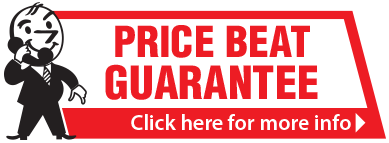




















































































 Trolleys & Hand Trucks
Trolleys & Hand Trucks Cage Trolleys
Cage Trolleys Cleaning Carts & Trolleys
Cleaning Carts & Trolleys Construction Trolleys
Construction Trolleys Custom Trolleys
Custom Trolleys Hand Trucks & Dollies
Hand Trucks & Dollies Laundry/Linen Trolleys
Laundry/Linen Trolleys Lifting Trolleys
Lifting Trolleys Order Picking Trolleys
Order Picking Trolleys Panel Cart Trolleys
Panel Cart Trolleys Platform Trolleys
Platform Trolleys Powered Trolleys
Powered Trolleys Shelf & Tiered Trolleys
Shelf & Tiered Trolleys Shopping Trolleys
Shopping Trolleys Stainless Steel Trolleys
Stainless Steel Trolleys Tool Trolleys
Tool Trolleys Utility & Service Carts
Utility & Service Carts Lifting & Handling Equipment
Lifting & Handling Equipment Forklift Attachments
Forklift Attachments Jib Attachments
Jib Attachments Lifting Hoists & Pallet Hooks
Lifting Hoists & Pallet Hooks Load Skates & Tow Tugs
Load Skates & Tow Tugs Manual Stackers & Lifters
Manual Stackers & Lifters Pallet Jacks
Pallet Jacks Pallet Lifters
Pallet Lifters Pallet Rotators & Dispenser
Pallet Rotators & Dispenser Powered Pallet Trucks & Electric Lifters
Powered Pallet Trucks & Electric Lifters Scissor Lift Trolleys and Tables
Scissor Lift Trolleys and Tables Conveyor Equipment
Conveyor Equipment Conveyor Frames & Stands
Conveyor Frames & Stands Roller & Skate Conveyors
Roller & Skate Conveyors Ladders & Access Equipment
Ladders & Access Equipment Container & Yard Ramps
Container & Yard Ramps Ladders & Step Stools
Ladders & Step Stools Work Platforms & Crane Cages
Work Platforms & Crane Cages Drum Handling Equipment
Drum Handling Equipment Drum Storage & Bunding
Drum Storage & Bunding Drum Trolleys & Lifters
Drum Trolleys & Lifters Forklift Drum Handling
Forklift Drum Handling Waste Handling & Bins
Waste Handling & Bins Bin Lifters & Tippers
Bin Lifters & Tippers Plastic Waste & Wheelie Bins
Plastic Waste & Wheelie Bins Steel Waste & Tipping Bins
Steel Waste & Tipping Bins Waste Carts
Waste Carts Dangerous Goods Storage & Spillage
Dangerous Goods Storage & Spillage Aerosol Cans Storage Cages
Aerosol Cans Storage Cages Bunded Pallets & Storage
Bunded Pallets & Storage Corrosive Goods Storage Cabinets
Corrosive Goods Storage Cabinets DG Storage & Trolleys
DG Storage & Trolleys Flammable Liquid Cabinets
Flammable Liquid Cabinets Forklift Gas Storage Cages
Forklift Gas Storage Cages Site Storage
Site Storage Spill Kits
Spill Kits Shelving & Storage Equipment
Shelving & Storage Equipment Stillage & Transport Cages
Stillage & Transport Cages 750 Series Cage Configurations
750 Series Cage Configurations Heavy Duty Cabinets
Heavy Duty Cabinets Heavy Duty Shelving
Heavy Duty Shelving Mega Bins & Pallets
Mega Bins & Pallets Packing & Workbenches
Packing & Workbenches Parts Trays & Stor-Pak Bins
Parts Trays & Stor-Pak Bins Pegboard & Louvre Panels
Pegboard & Louvre Panels Plastic Bins & Crates
Plastic Bins & Crates Plastic Handling Solutions Bins
Plastic Handling Solutions Bins Plastic Pallets
Plastic Pallets Stack & Nest Bins
Stack & Nest Bins Pallet Racking Accessories
Pallet Racking Accessories Workplace Equipment
Workplace Equipment Modular Workbenches
Modular Workbenches Electric Height-Adjustable Workbenches
Electric Height-Adjustable Workbenches Floor Matting
Floor Matting General Workplace Equipment
General Workplace Equipment Industrial Weighing Scales
Industrial Weighing Scales Packaging Machinery
Packaging Machinery Stationery Cupboards
Stationery Cupboards Storage and Stillage Cages
Storage and Stillage Cages Tool Trolleys
Tool Trolleys Tooling Cabinets
Tooling Cabinets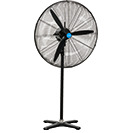 Workshop Fans and Coolers
Workshop Fans and Coolers Safety Barriers, PPE & Signage
Safety Barriers, PPE & Signage Barriers & Bollards
Barriers & Bollards First Aid Equipment
First Aid Equipment Gloves, Knives and PPE
Gloves, Knives and PPE Signage
Signage Cleaning & Site Supplies
Cleaning & Site Supplies Cleaning Equipment
Cleaning Equipment Cleaning Trolleys
Cleaning Trolleys Rubbish Bins
Rubbish Bins Signs & Traffic Supplies
Signs & Traffic Supplies Construction Equipment
Construction Equipment Construction Trolleys
Construction Trolleys Waste Handling
Waste Handling General Site Equipment
General Site Equipment Concrete Equipment
Concrete Equipment Site Storage
Site Storage Lifting Equipment
Lifting Equipment









